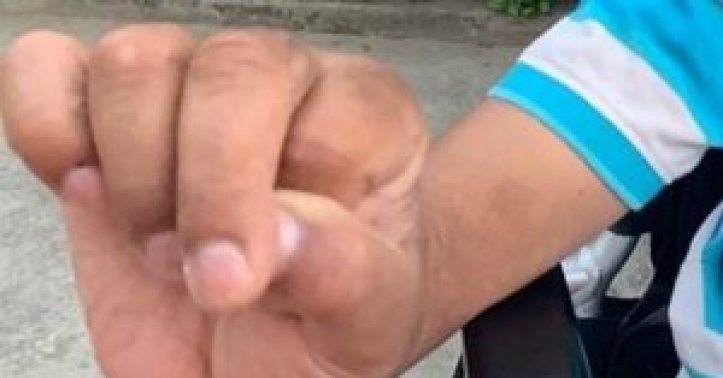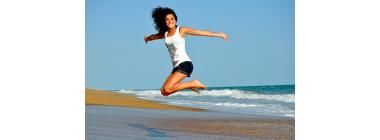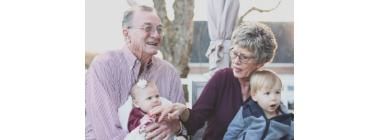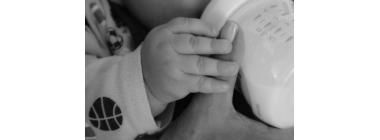
Groundbreaking Research: Riitesh Mudraa Shows Promise in Managing Cerebral Palsy (CP) Symptoms
Alternative therapies are gaining traction for managing neurological conditions, with mudras, ancient Indian hand gestures, emerging as effective practices for promoting health. Dr. Ritesh Sinha’s updated research study, “Comparative Study of Vaayu Mudra and Riitesh Mudraa for Managing Spasticity, Drooling, Gait, and Voluntary Urinary Control in Individuals with Cerebral Palsy,” published in the June edition of ShodhKosh: Journal of Visual and Performing Arts, offers evidence that mudras can alleviate symptoms associated with Cerebral Palsy (CP).
Study Overview and Objectives
This technique is a combination of yoga mudra and acupressure. Here the tips of the thumb and middle finger of the hand are pressed against each other for a few minutes. This when done with meditation, gives all peace of mind.
Dr. Sinha’s study evaluates the therapeutic potential of two specific mudras: the traditional Vaayu Mudra and the newly developed Riitesh Mudraa. While Vaayu Mudra has long been associated with traditional Indian healing practices, Riitesh Mudraa represents a modern adaptation by Dr. Sinha, designed specifically to address CP symptoms such as spasticity, drooling, gait instability, and issues with voluntary urinary control.
Key Findings: Riitesh Mudraa vs. Vaayu Mudra
1. Reduction in Spasticity: Participants practicing Riitesh Mudraa experienced a significant decrease in muscle spasticity compared to those using Vaayu Mudra alone. This reduction in muscle tightness not only eases movement but also improves comfort, offering tangible relief for those with CP
2. Improvement in Drooling and Gait: The study found that Riitesh Mudraa was more effective than Vaayu Mudra in managing drooling and enhancing gait stability. Improvements in these areas contribute to greater independence and self-confidence in individuals with CP.
3. Voluntary Urinary Control: One of the more intriguing outcomes was Riitesh Mudraa’s positive impact on voluntary urinary control, which holds profound implications for individuals with CP, helping them gain more autonomy and dignity in daily life.
Ancient Practice Meets Modern Acupressure
Dr. Sinha’s innovation lies in combining traditional hasta mudras with modern acupressure principles. His interest in mudras began in his childhood, inspired by a story in Nandan magazine. When he experimented with Vaayu Mudra while holding a pen or pencil, he noticed reduced stiffness in his hands—a challenge he had faced for years. Years later, this initial observation culminated in a rigorous research paper published in ShodhKosh.
This fusion of ancient and modern methods, central to Riitesh Mudraa, emphasizes pressure points to amplify therapeutic outcomes. Dr. Sinha’s approach is non-invasive, accessible, and requires no specialized equipment, making it particularly beneficial for individuals with CP and their caregivers.
Growing Recognition and Accessibility
The UGC-indexed publication of this research in ShodhKosh highlights its academic credibility, while platforms like ResearchGate provide increased accessibility for clinicians, therapists, and families of individuals with CP. This reach potentially broadens the impact of Dr. Sinha’s work worldwide.
Based on his findings, Dr. Sinha formulated Riitesh's Law of Riitesh Mudraa, stating that consistent practice of this hand gesture can significantly reduce neurological symptoms such as spasticity, involuntary muscle control, and autonomic dysfunctions (like drooling and urinary incontinence) in individuals with cerebral palsy and other brain-related conditions.
In sum
Dr. Sinha’s research presents Riitesh Mudraa as a promising alternative therapy for managing CP symptoms, with potential to complement mainstream therapies. With further validation, Riitesh Mudraa could become a key component of multidisciplinary CP management, enhancing quality of life and independence for individuals with CP.








